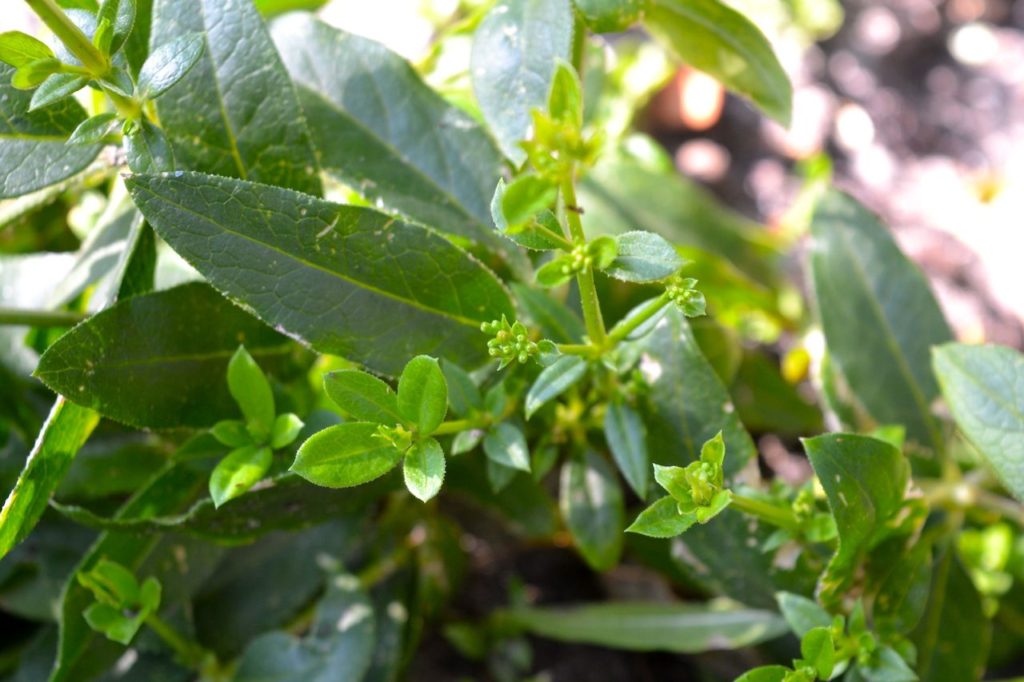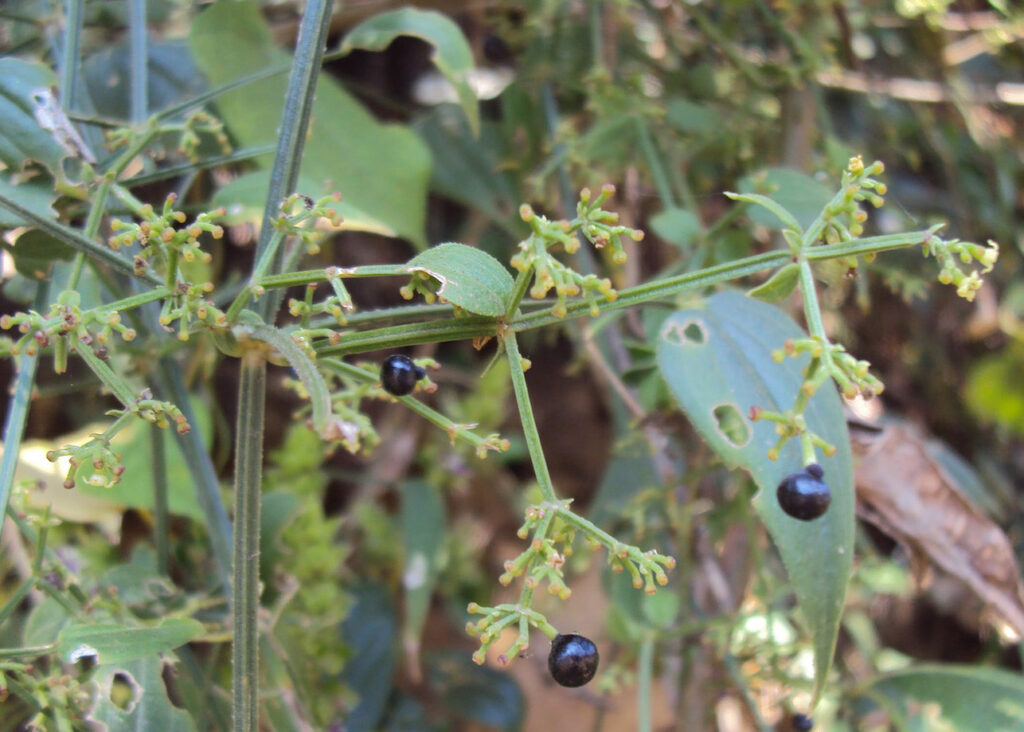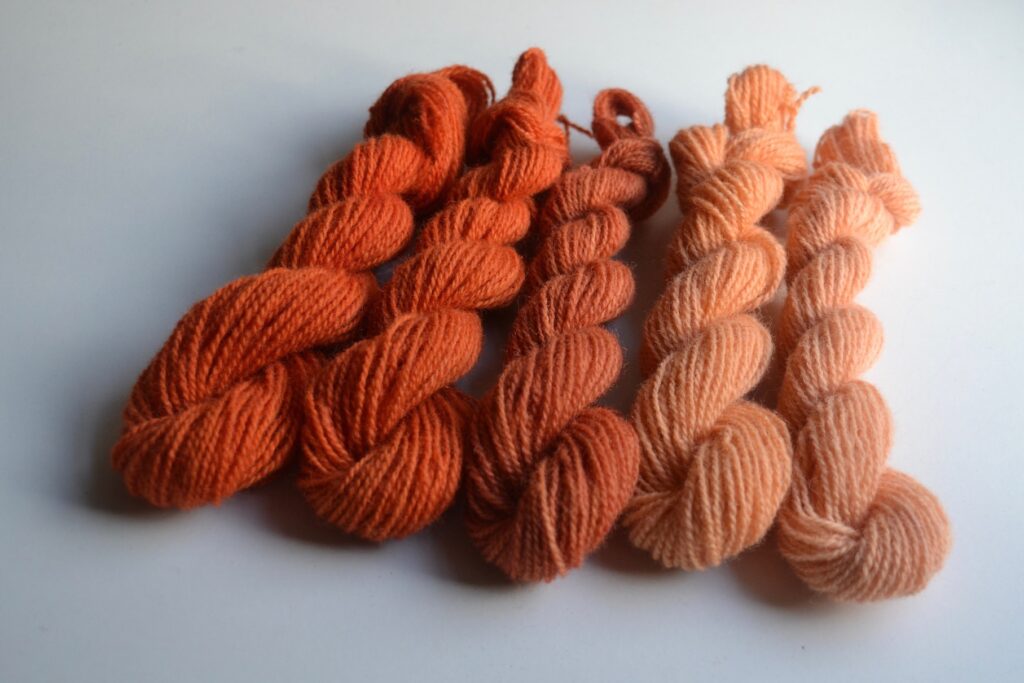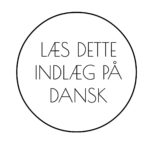Indian madder is one of European madder’s close relatives, and the two plants have both been part of human history for many centuries.
Every natural dyer knows madder. Madder (Rubia tinctorum), which I’m going to refer to as European madder here, is one of the standard colors in the natural palette – the only good dyestuff for an almost true red, and with an excellent light fastness. That is, if you’re only thinking about Western dye tradition. Because this post looks at Indian madder (Rubia cordifolia) which is the Subcontinent’s classic red.
As one can tell from the systematic names, the two madders belong to the same genus, Rubia, so they are quite close relatives. They do have a lot of similarities – both have angular stalks, pointed leaves in rosettes, and tiny creamy white flowers.


The European madder does well in my dye garden, but I have not attempted to cultivate Indian madder. According to Dominique Cardon’s “Natural Dyes”, Indian madder grows in an enormeous area stretching from Africa to Australia, including mountainous regions in Bhutan, at 2700 meters altitude. I am guessing it freezes there at night, probably even more than it does here in my dye garden in Denmark. So my guess would be that Indian madder would do fine here, too, but I’ve never come across seeds of Indian madder.
But I have imported a small batch of the dyestuff itself from India, and that needed testing! Since I had not dyed with it before, I used the method outlined in “The Art and Science of Natural Dyes” by Boutrup & Ellis. I used rainwater, just like I always do with madder.
First, I soaked the finely ground Indian madder in rainwater overnight.
Next day, added acetic acid to pH 4. It takes very little. If using vinegar, it will just take a larger amount.
Then, I boiled the dyebath for about an hour. So this is different from the usual madder dyeing method, where temperatures above 65C are to avoided.
I dyed alum mordanted wool in my dyebath, at a strength of 100%, so same weight of dyestuff and yarn. Since it’s January, there is not much light, but the picture below does give some idea. The first two baths gave almost the same shade of orange. Then, in the 3rd bath, the color is beginning to exhaust, giving a dusty, burnt orange shade. The 4th and 5th baths give the typical madder afterbath salmon color. So the overall impression is much like European madder, but more orange.

Some dye molecules are found in both types of madder (tinctorum and cordifolia) but in different amounts. Usually, the most abundant colorant in European madder is alizarin, but there is also a small amount of it in Indian madder. On the other hand, Indian madder contains a larger amount of the colorant munjistin, of which only a small amount is found in European madder.
Alizarin gives the red color in European madder, while the munjistin of Indian madder is described in the dye literature as an orange dye. My little test series above does agree with this. When dyeing with Indian madder, some acid is added because munjistin is more soluble in an acidic solution than a neutral one.
I haven’t tested what happens if you don’t add the acid, to see how much less color that might give. I haven’t tried lower temperature, either, to match that used with European madder… when trying out a new dyestuff, there’s always a million variants, and that applies especially to members of the Rubia genus, with their complex mixtures of dye molecules.

[…] READ THIS POST IN ENGLISH […]